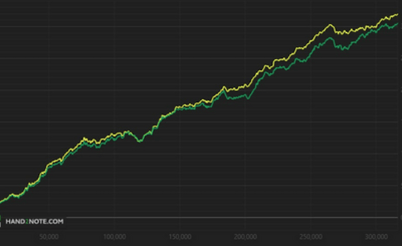In mid-April, the leadership of the GG network went to meet the striking high-stakes players and almost completely canceled the predatory rake reform. The protest was quickly dubbed "the first successful one in years". You can’t argue here: the players really haven’t tried to put pressure on the management of the rooms in an organized way for a long time. But at the beginning of the last decade, they did it regularly and quite successfully. How did it happen that the conditions for the players all these years were getting worse, and there were fewer and fewer protests? To try to answer this question, let's look at the entire protest timeline.
July 2010, players against PokerStars .FR
What's happened? The French government has updated tax laws and introduced a 2% tax on rake in poker rooms legally operating in the country. After that, the rooms announced a rake increase by 7.7%, including the introduction of a preflop rake. In response, the regulars staged a protest action: every day they sat at the cash tables and would sit-out.
How did it end? Partial victory for the strikers: French PokerStars waived the preflop rake, but the fee increase remained in place.
August and September 2011, players against partypoker
What's happened? Over the summer, partypoker launched a rake reform. For rakeback, the real distribution of the fees between those who invested money in the pot began to be taken into account (before that, the fee was conditionally distributed among all those who were at the table, equally, which played into the hands of tight regulars). At the same time, on the $3/6 and $5/$10 limits, the “cap” was increased, that is, the maximum fee from the pot. Players on 2+2 quickly figured they were about to start paying 45% more rake on NL600 and 63% more on NL1K, and quickly organized a protest. The lobbies were filled with tables with an average pot of $0: the regulars were just sitting out, some on 15-20 tables at a time.
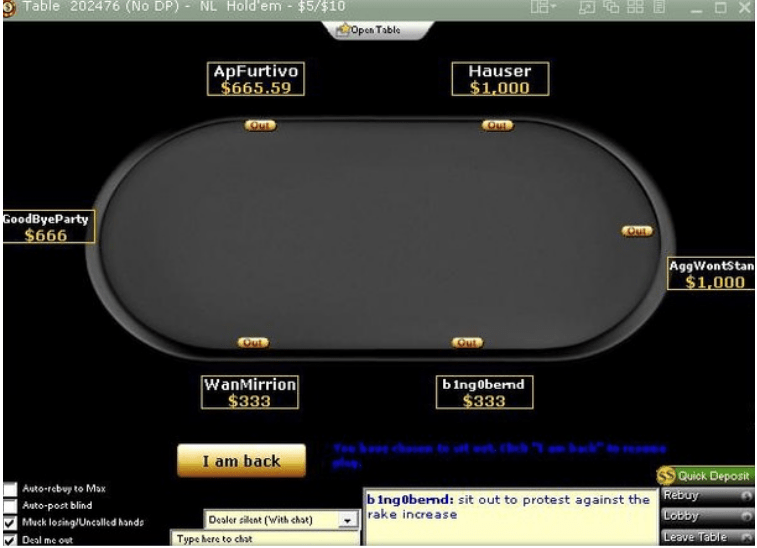
How did it end? Partypoker managers took a day to “think about it” and the next day announced that the fee increase was canceled. The key reform, however, has remained in place — and it’s hard to believe now that the rake accounting system was once radically different compared to the current industry standard.
January 2012, players against PokerStars.FR
What's happened? From January 1, the room made changes to the loyalty program: for every €1, players were now entitled to 5.5 VPP points instead of 7.5, and other payments were also reduced. French players staged the same "sit-out protest", but the owners of the room were already ready for such tactics: they temporarily blocked the accounts of the rebels and set limits on the number of tables.
But the French, as you know, have a revolution in their blood, it is not so easy to deal with them. The popular local forum clubpoker.net has brought together over 120 regulars, including Supernova Elite status holders. They said that in 2011 alone they jointly paid Stars more than €5 million in rake, and they deserve to sit down at the negotiating table with them. Traffic on PS.FR collapsed in those days, many players left for Winamax.
How did it end? Two representatives of the protesters were invited to the Isle of Man, to the headquarters of PokerStars. A compromise was reached: the VPP multiplier was increased from 5.5 to 6, in tournaments and SnGs – up to 6.5. Loyalty program payments were even higher than in 2011. Supernova and Supernova Elite players received one-time compensation and extended their statuses for 2 extra months.
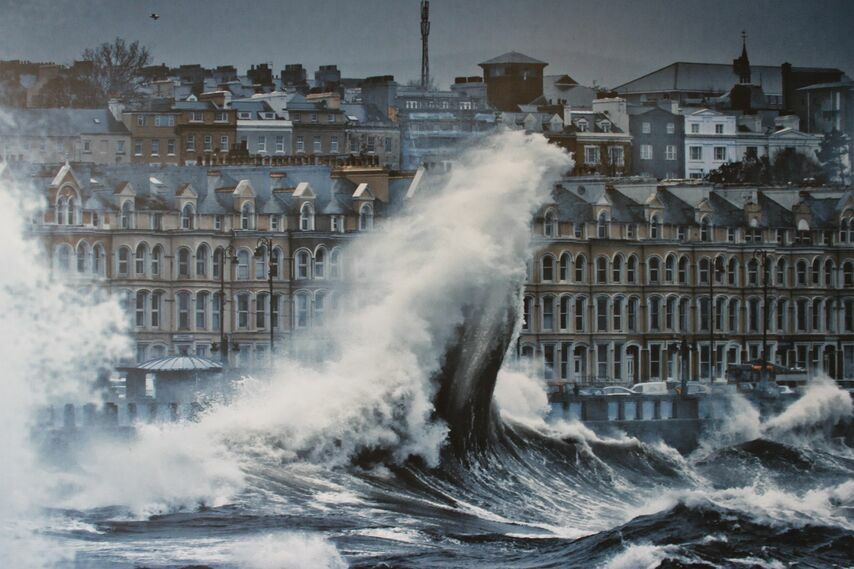
April 2013, players against iPoker.FR
What's happened? The players got tired of the bugs in the storefronts of Betclic and Everest and announced a protest action, all the same “sit-out method”. However, this did not affect traffic much.
How did it end? Coincidence or not, soon both rooms updated the software – including the key wishes of the players were taken into account.
October-November 2013, players against partypoker
What's happened? Partypoker decided on a very tough experiment and created "amateur tables" that the winning players in the lobby did not see at all. So they (long before it became mainstream) tried to improve the experience of recreational players from the game and reduce their losses. Some of the regulars reacted with the traditional sit-out boycott for the industry, while others began to abuse the system and look for ways to get to the coveted tables (often successfully).
How did it end? The partypoker leadership recognized the whole idea as unsuccessful, and the segregation of players was canceled. The representatives of the room thanked the players for the feedback and promised to discuss such initiatives with the community representatives in the future.
July 2014, players against PokerStars.ES
What's happened? The Spin&Go's have arrived! The regulars were horrified: they considered a rake of 7% to be unbeatable, predicted the death of SnG (they were not mistaken here, however), and argued that it would be impossible to beat the variance. Some even said that Spin&Go would bury all online poker in Spain because amateurs would leave all the money in the spins.
How did it end? A complete failure of the protest, which was more of a declarative nature. In this case, PokerStars marketers were right: spins became a mega-hit in Spain, the room's revenue grew by 57%, and soon the new format became an integral part of the poker ecosystem around the world.
October-November 2014, players against PokerStars
What's happened? In the summer, PokerStars changed ownership – the father and son Sheinbergs sold their site to Amaya, and after a couple of months, the new owners made the first big attempt at the income of the grinders. First, the rake had gone up, mainly in all hyper-turbo SnGs, including the newly released spins. For example, in heads-up hypers for $30, the rake was $0.75 instead of $0.63. Secondly (and this caused the most indignation among the players) the promotion for SnG players Battle of Planets was closed – a monthly leaderboard, thanks to which players received more than $ 2.5 million in additional income per year.
The players tried to organize a “sit-out protest” at the cash tables, but they could not really organize togethetwo and even got to the period when the traffic on Stars was growing rapidly. According to PokerScout, in November 2014, 18,700 people were playing at the cash tables at the same time at the peak. For comparison, now on average, this number is 3,600 (at GGPoker it is 8,400).
But not only SnG players were affected, the reforms hit the heads-up CAP-tables even harder, where the rake almost doubled.
Here is what famous heads-up specialist "Crimson_King" wrote on GipsyTeam:
Regulars, whoever you are, drop everything you do and on November 5th, at 6 pm GMT, open the lobby of your favorite type of poker and join the sit-out protest. Show Amaya that you will not let her get into your pocket, show that you are not stupid cattle that will silently bleat when they are led to the slaughter. Show that you care! Do it yourself, tell your friends. May Amaya remember this Fifth of November!
And another well-known reg, "c3-", literally saw the future:
Everyone who is not affected now will be affected later. Regs can easily put pressure on the room, arrange promotions that will convey to the fish and people who do not follow the news, the injustice of the situation. This is the only way to do something, first explaining to everyone the essence of what is happening. MTT regs, for example, can simultaneously register from guaranteed tournaments and have an overlay. Of course, I do not expect solidarity from them, but sooner or later Amaya's policy will affect them too.
Expensive CAP table regulars blocked the lobby (sit-outs and waitlists) for the entire evening of November 5th. Half an hour later, players from the waitlists began to be blocked. The regulars of other games who participated in the protest withdrew their bankrolls the day before and sent letters to support, explaining their decision. The $60+ HU SNG player pools have taken a day off.
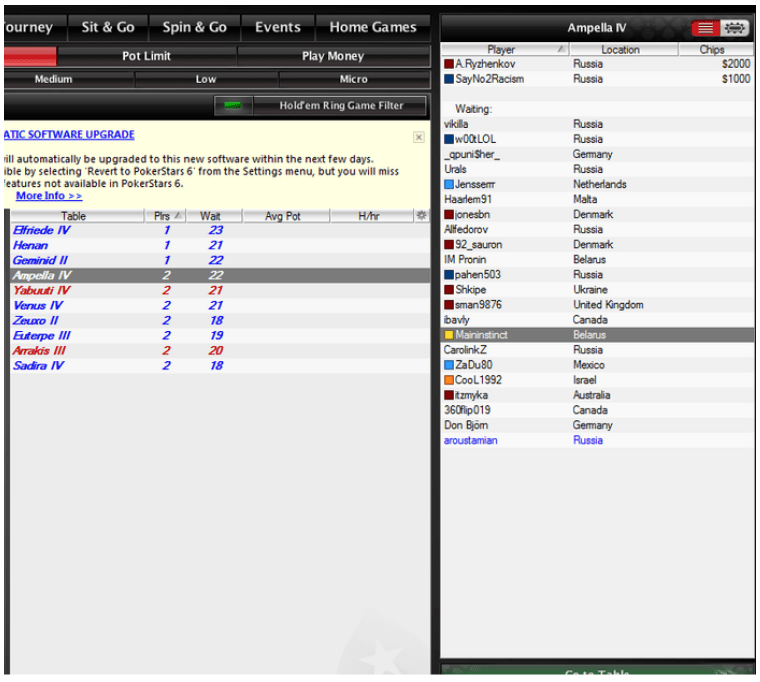
How did it end? A partial victory for the protest, although success was not obvious at first. Stars did not make any concessions, but after two months they quietly rolled back the changes – almost everything except for increasing the rake in the spins and canceling the SnG leaderboard.
November 2015 – February 2016, players against PokerStars
What happened? The golden era of online poker is over. In the fall, Amaya announced changes to the loyalty program that removed the quarterly $1,000,000 freeroll and part of the Supernova perks. Actual rakeback no longer exceeded 30% and Supernova Elite status was removed.
The players staged a massive protest in early December. The experience of the previous boycott helped to organize a truly large-scale strike, the actions of the protesters were supervised in parallel by GipsyTeam and 2+2. The infamous "AlexOm" became one of the leaders of the protest and launched a site dedicated to the boycott. As far as the number of participants, there were more than 2,500 nicknames of players of all limits and disciplines.
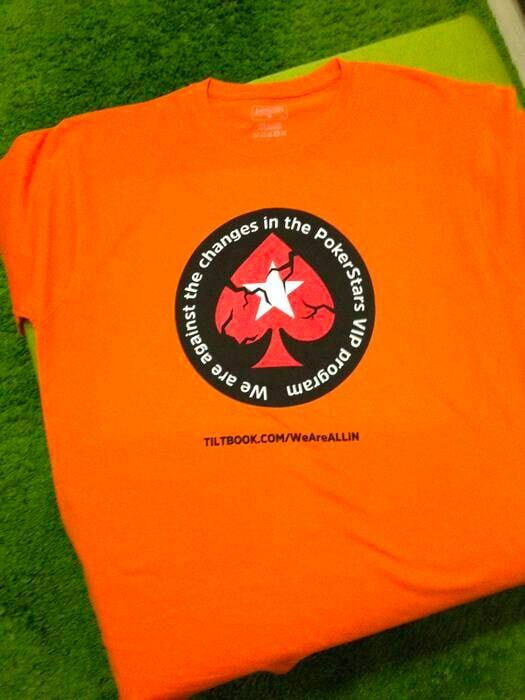
Representatives of PokerStars responded languidly that the changes were inevitable, that the reforms were in the interests of the players themselves, and that “they were left with no choice” – all according to the classic excuses of the obviously wrong side. Daniel Negreanu often spoke on behalf of the room, causing, as it seemed then, irreparable damage to his reputation.
In the first days of December, the room did not count thousands of regulars. The protest did not end there and continued in various forms until the middle of winter. The second big boycott by the players went from January 1 to January 7: according to experts from the Macropoker website, Stars lost $1.4 million in rake that week.
Many well-known players spoke in defense of the regulars then.
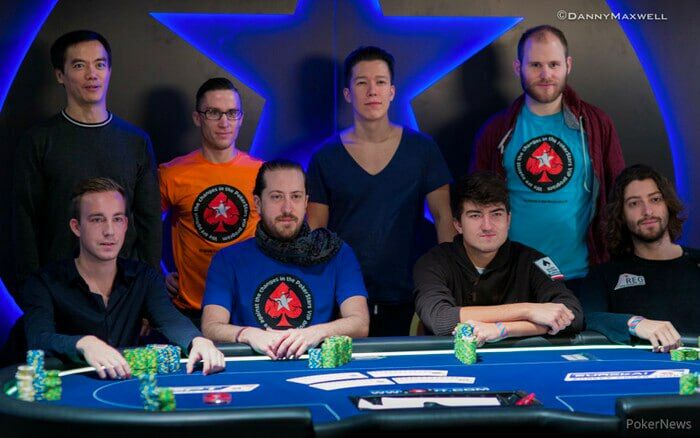
At the same time, several professionals with Supernova Elite status stopped playing at Stars. After many years of cooperation, Isaac Haxton left the team of pro players, openly calling the changes unfair and dishonest. Alex Millar (Kanu7) parted ways with the red spade on his avatar. Phil Galfond, Justin Bonomo, Dani Stern, and many other big name players soon left the PokerStars tables.
How did it end? At the end of January, some kind of hope seemed to dawn: the Amaya management invited representatives of the players to Montreal (it seemed that for negotiations). Ike Haxton, Daniel Dvoress, and Dani Stern went, and Daniel Negreanu was present. The poker world froze in anticipation – as it quickly turned out, in vain. A few days after the meeting, Hayk and the company released a statement explaining that they could not agree on anything.
Soon the protest died down, and the reform of the loyalty program continued – and already in 2017, that very 30% rakeback, which seemed like a slap in the face of the former "supernovas", became an unattainable dream on Stars...
February 2019, players against PokerStars
What's happened? Stars have reduced the already modest rewards for tournament players. Instead of 100 loyalty program points for every dollar of MTT rake, players began to receive 45. High-stakes MTT players, led by the legendary Belgian girafganger7, tried to organize a mini-boycott and agreed not to play the $5,000 tournament on the Turbo Series with a $750,000 guarantee in order to create an overlay. The action was supported by Niklas Astedt, Simon Matsson, Mikita Bodyakovsky, and many other MTT tops.
How did it end? The tournament garnered 160 entries and 27 reentries, easily covering the guarantee. It can be said that without the boycott, Stars would have earned several tens of thousands of dollars more, but this can hardly be called a victory. It's funny that after learning about the promotion, partypoker on the same day (and at the same hour) added a $5,000 tournament with a million guarantee – they also broke the guarantee.
April 2023, players against GGPoker
What's happened? Without any announcements, the GG network almost doubled the rake on the $25/$50 and higher expensive tables. High roller MMAsherdog created a topic on 2+2 and suggested high-stakes regs to boycott the room. The idea was supported by more than 90 regulars.
How did it end? The GGPoker network made concessions, with Bertrand Grospellier helping to negotiate with the protesters. The high-stakes tables had been empty for about two weeks by then. As a result, the rake was rolled back almost to the previous values (increased only symbolically) and even decreased in heads-ups and 3-max. Thus, the boycott (albeit with some reservations) turned out to be effective for the first time in many years.
As can be seen from our selection, there were more successful protest cases than is commonly believed. Yes, we can say that at the most important and dramatic moment, at the end of 2015, nothing helped. But on the other hand, in the following years, PokerStars fully suffered due to the short-sightedness of the then management. Their monopoly, which seemed unshakable, eventually fell as soon as a serious competitor appeared. Who knows – maybe this experience was taken into account by the current leader of the industry when faced with an organized boycott? ...











